Supergiant stars are among the most massive and luminous stars in the universe. They occupy the top region of the Hertzsprung-Russell diagram.
Key Facts & Summary
- Supergiants have absolute visual magnitudes between -3 and -8.
- The temperature range of supergiant stars spans from around 3,450 K to 20,000 K.
- Supergiant stars can have masses from 10 to 70 times greater than our Sun, and when it comes to brightness, some of them can be from 30,000 times or brighter than our Sun.
- In regards to their radius, supergiants vary greatly, from 30 to 500, or even exceeding 1,000 solar radii.
- Due to their extreme masses, supergiants have short lifespans of around 10 to 50 million years. They are usually observed in young cosmic structures such as open clusters, the arms of spiral galaxies, and irregular galaxies.
- Supergiant stars are less abundant in spiral galaxy bulges and haven’t been observed in elliptical galaxies, or globular clusters, all of which are believed to be primarily composed out of old stars.
- Among the largest supergiants ever discovered are VV Cephei, V354 Cephei, KW Sagitarii, KY Cygni, and the Garnet Star.
- Supergiant stars come in two flavors, red and blue. Blue supergiants are usually the hottest stars in the universe.
- Supergiant stars burn very quickly through their hydrogen supplies, thus the reason why they have short lifespans.
- Supernovae and supergiants are often mentioned together since it seems that most supergiants always detonate as type II supernovae at the end of their lives.
- Red supergiants have a prevalence of around 0.0001%, and are usually of spectral classes K, and M.
- Blue supergiants are also rare, their spectral type is usually OB, B.
- Some examples of red supergiants are Antares, Betelgeuse, and Mu Cephei.
- Some examples of blue supergiants are Rigel, UW Canis Majoris, and Tau Canis Majoris.
Supergiant stars form out of massive main-sequence stars that have run out of hydrogen in their cores. This causes them to expand greatly, similarly to low-mass stars, however, they begin to fuse helium in their core not long after exhausting their hydrogen supplies.
This means that they do not increase their luminosity as much as the lower-mass stars, and they progress horizontally across the HR diagram to become red supergiants.
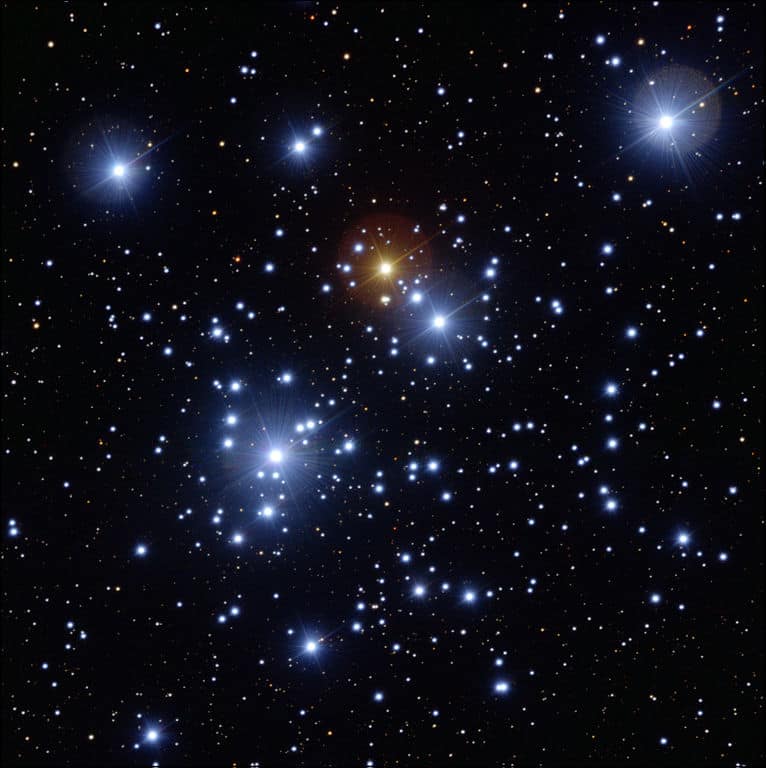
Also unlike low-mass stars, supergiants are massive enough to fuse heavier elements than helium, and thus they don’t disperse their atmospheres as planetary nebulae, instead, they continue to burn heavier elements in their cores until they collapse.
Thus, they can’t lose enough mass to become a white dwarf, as such, they will leave behind either a neutron star or a black hole remnant, usually after a core-collapse supernova explosion.
Stars that are more than 40 times more massive than our Sun, cannot expand into a red supergiant. This is because they burn too quickly and lose their outer layers fast. They will reach the blue supergiant stage, or perhaps yellow hypergiant, before returning to become hotter stars.
The most massive stars, which are more than 100 times more massive than our Sun, hardly move at all from their position as O main-sequence stars.

They convect so efficiently that they mix hydrogen from the surface right down to the core. Stars continue to fuse hydrogen until it is almost entirely depleted throughout their structure, after which they rapidly evolve through a series of stages of similarly hot and luminous stars – supergiants, slash stars, WNh-, or WN-, or other types of stars.
Characteristics
Supergiant stars vary in mass. They typically have at least 8 times the mass of our Sun, and their luminosity is usually at least 1,000 times greater than our Sun, possibly even a million times greater.
Their radius is no exception. It also varies greatly. Supergiant stars have a radius of at least 30 to even 1,000 times greater than our Sun. They are massive enough to begin helium-core burning before the core becomes degenerate, without a flash and the strong dredge-ups that lowe-mass stars usually go through.
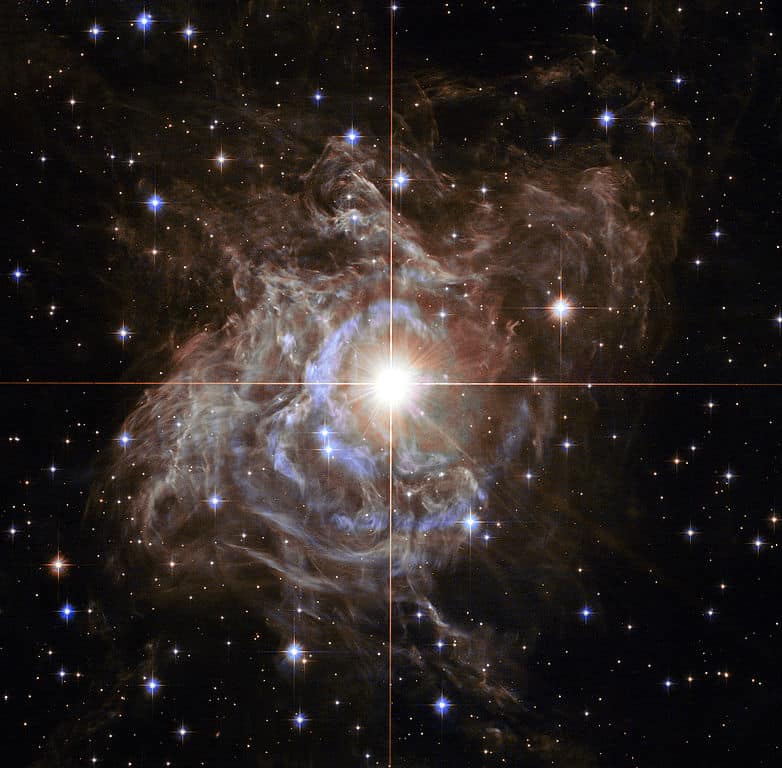
Supergiants go on to successively ignite heavier elements, often all the way up to iron. Since they are so massive, they always end up exploding as supernovae.
Temperature
Supergiants come in all the main spectral classes and across the whole range of temperatures from mid-M class stars at about 3,000 – 3,450 K, to the hottest O class stars that are over 40,000 K.
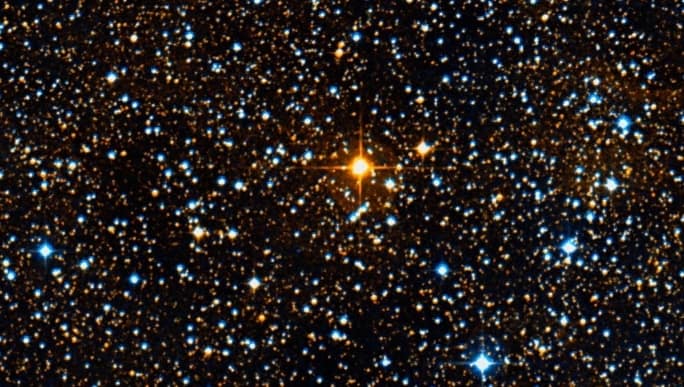
Supergiants are often not found cooler than mid-M-class. This is expected theoretically since they would be very unstable, however, there are potential exceptions among extreme stars such as VX Sagittarii.
Luminosity
Supergiant stars lie around the horizontal band occupying the entire upper portion of the HR diagram, however, there are some variations at different spectral types.
These variations are partly due to different methods for assigning luminosity classes at different spectral types, and partly to actual physical differences in stars.
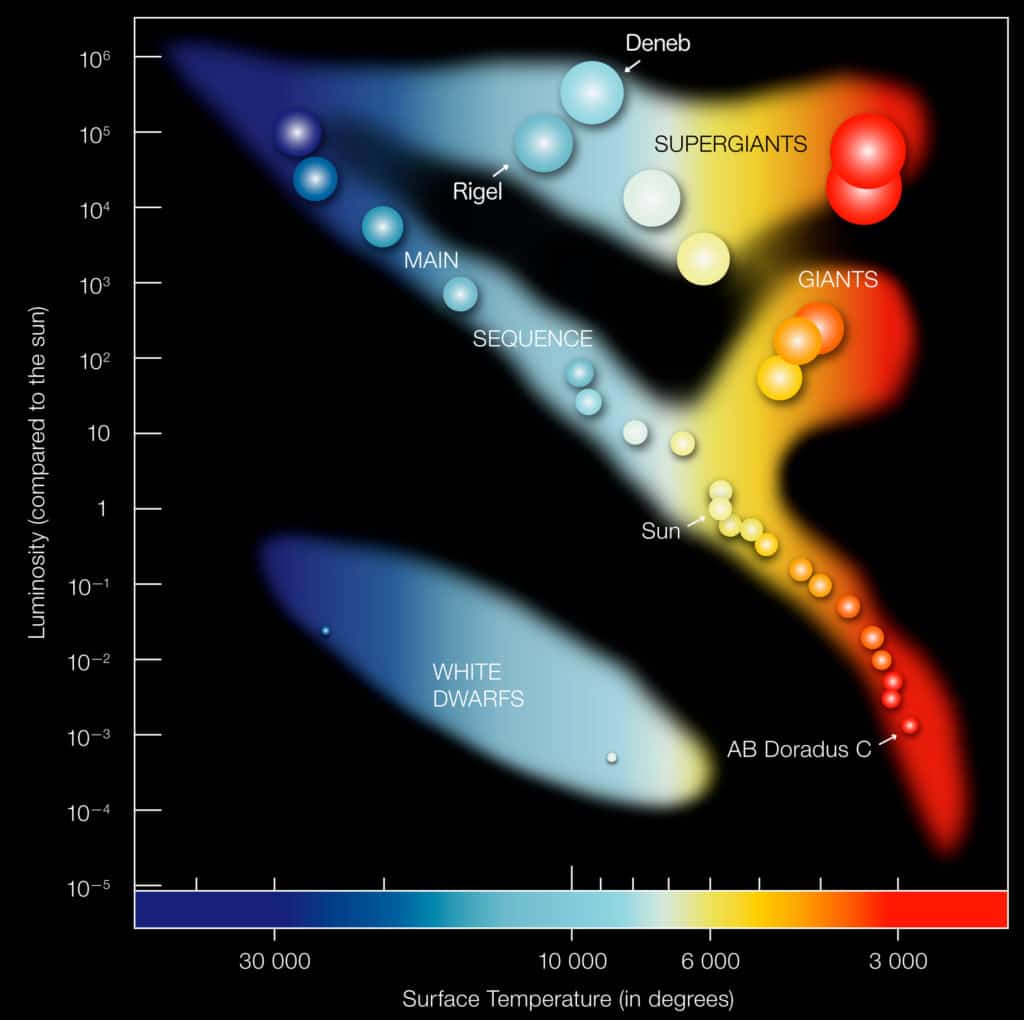
All supergiants are larger and more luminous than main-sequence stars of the same temperature. This means that hot supergiants lie on a relatively narrow band above bright main-sequence stars.
Chemical abundances
The abundance of various elements at the surface of supergiants is different from less luminous stars. Supergiants are evolved stars and many have undergone convection of fusion products to the surface.
Cool supergiants apparently have enhanced helium and nitrogen at their surfaces due to convection of these fusion products to the surface during the main sequence of very massive stars.
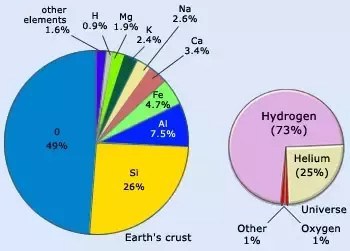
Helium is formed in the core and oxygen levels are reduced. Red supergiants can be distinguished from luminous, but less massive AGB stars by unusual chemicals at the surface.
Hotter supergiants generally have different levels of nitrogen enrichment. This is probably due to different levels of mixing on the main sequence due to rotation or other phases.
Post-red supergiant stars have a higher level of nitrogen relative to carbon due to convection of CNO-processed material to the surface and the complete loss of the outer layers.
Red Supergiants
Red supergiants have a prevalence of around 0.001% and are of spectral type K, and M. They have temperatures of around 3,500 to 4,500 K, and luminosities of around 1,000 to 800,000 times that of the Sun.
Red supergiants are usually 10 to 40 times or more massive than our Sun, and they typically have a lifespan of around 3 to 100 million years.
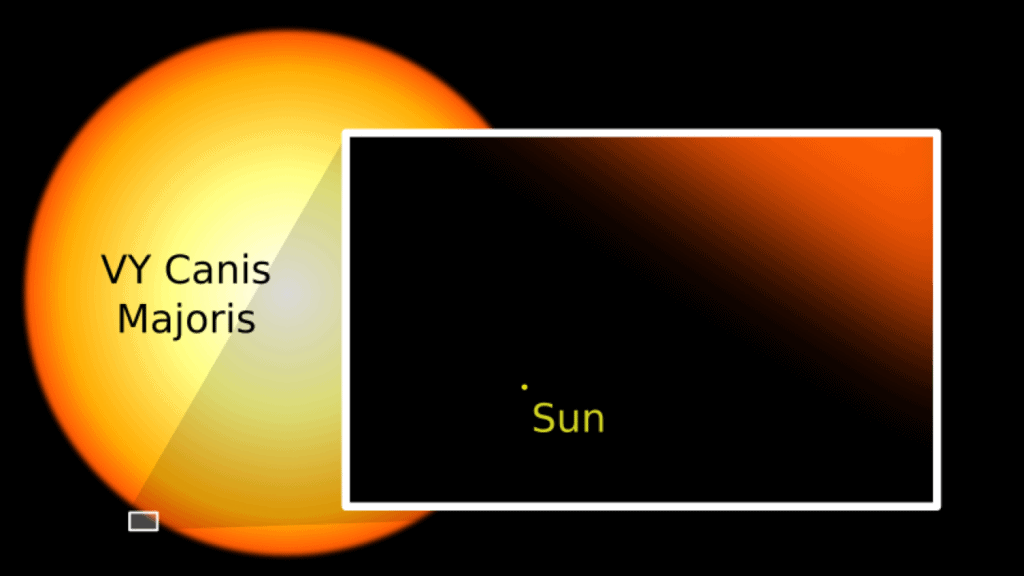
Their hydrogen supplies have been exhausted at their cores, and as a result, their outer layers have expanded as they evolved off the main sequence.
Some red supergiants that can still create heavier elements eventually explode as type-II supernovas. Some great examples of red supergiants are Antares, Betelgeuse, and Mu Cephei.
Blue Supergiants
Blue supergiants are just as rare as red supergiants, and their spectral type is usually O, B. Blue supergiants are the hottest stars in the universe, having temperatures of around 10,000 K to 50,000 K or more.
Blue supergiants are also quite bright, being between 10,000 to 1 million times brighter than our Sun. They have masses of around 20 to 1,000 times that of our Sun and live very short lives, about 10 million years or so.
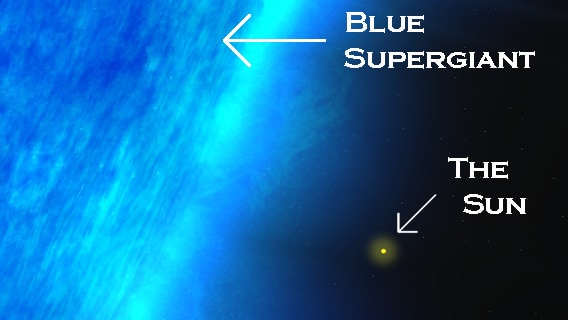
Since they are so massive, they inevitably burn their hydrogen supplies quite quickly. Some great examples of blue supergiant stars are UW Canis Majoris, Rigel, and Tau Canis Majoris.
Did you know?
- One of the most distant stars detected is a blue supergiant named Icarus. It is around 14 billion light-years away from us.
- One of the largest stars ever discovered is the red supergiant VY Canis Majoris. It is more than 1,000 times bigger than our Sun.
- Stars are classified by their spectra and their temperature. There are seven main types of stars. In order of decreasing temperature, O, B, A, F, G, K, and M. This is known as the Morgan–Keenan (MK) system.
Sources:
Image sources:
- https://upload.wikimedia.org/wikipedia/commons/thumb/c/c3/A_Snapshot_of_the_Jewel_Box_cluster_with_the_ESO_VLT.jpg/766px-A_Snapshot_of_the_Jewel_Box_cluster_with_the_ESO_VLT.jpg
- https://upload.wikimedia.org/wikipedia/commons/thumb/a/aa/Heic1323a_-1243686232.jpg/782px-Heic1323a_-1243686232.jpg
- https://upload.wikimedia.org/wikipedia/commons/4/48/UY_Scuti_zoomed_in%2C_Rutherford_Observatory%2C_07_September_2014.jpeg
- https://astrophysicsgirl.files.wordpress.com/2017/02/eso0728c_lowres.jpg
- https://qph.fs.quoracdn.net/main-qimg-e1d9020803ec973800b84451acf0b1bb.webp
- https://www.universetoday.com/wp-content/uploads/2008/04/vycanis-1280x720.png
- https://www.schoolsobservatory.org/sites/default/files/supergiant.jpg
- https://i.imgur.com/FELNM.jpg
